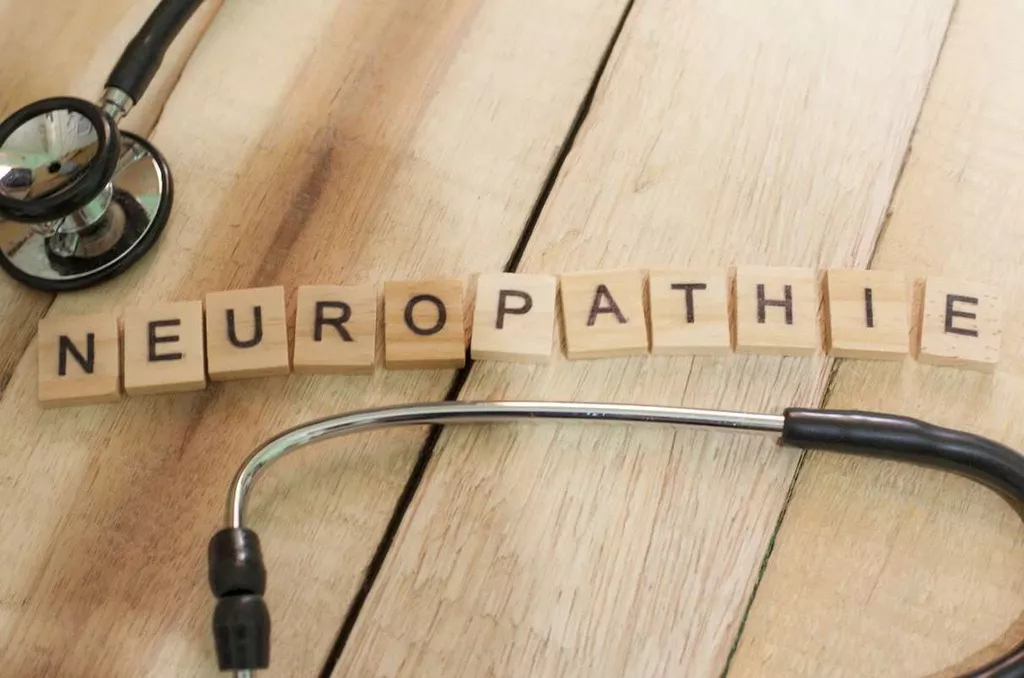Contents
You’ve seen and heard commercials from alcohol advertisers reminding you of the dangers of underage drinking and warning against drinking and driving. A CAMY study found that Black teens were exposed to 32% more ads in magazines, 17% more on television, and 20% more distilled spirits ads on the radio. Other studies have found that alcohol ads are targeted at specific groups deemed more likely to be vulnerable to the advertising message. Researchers found that magazine ads targeted girls more than boys with ads for beer and ale, distilled spirits, and low-alcohol refreshers. The Center on Alcohol Marketing and Youth at the Johns Hopkins Bloomberg School of Public Health is a watchdog of the alcohol industry and its advertising practices. What their research has found might be disturbing to parents trying to keep their children away from substance abuse.

Facebook is the most popular and frequently used social media platform among American teens ages 13 to 17, with 71% of all teens using the site, according to thePew Research Center.Instagram and Snapchat follow in teen use with 52% using Instagram and 41% using Snapchat. Market alcohol advertising expenditures per capita and self-reported alcohol advertising exposure in the prior month. The alcohol industry is in violation of their proposed self-regulation guidelines for digital headaches from alcohol withdrawal marketing communications on Instagram. While Twitter’s age-gate effectively blocked direct to phone updates, unhindered access to post was possible. Everyday our fictitious profiles, even those as young as 13, were bombarded with alcohol industry messages and promotional material directly to their smartphones. Focusing specifically on Twitter and Instagram, he discovered that underage profiles had unfettered access to alcohol brand promotional pictures, videos and messages.
Individuals aged 15 to 26 years were randomly sampled within households and households within media markets. Markets were systematically selected from the top 75 media markets, representing 79% of the US population. Data on alcohol advertising expenditures on television, radio, billboards, and newspapers were collected. 3, the representative/controller of alcohol brand Instagram accounts would respond directly to our underage profiles. Secondly, alcohol advertisers, representatives, and/or enthusiasts ‘followed’ our underage profiles. Each of the underage profiles included in this investigation received follow notifications from separate, distinct, and uninitiated alcohol advertisers, representatives, and/or enthusiasts that were not part of our sample of 22 alcohol brands.
Most viewed
Cumulative number of Instagram updates sent from 22 alcohol companies to users (13–21) over a 30-day period. “We made 10 fictitious profiles of various ages representing middle school, high school and college students, to see if we could engage in their advertising,” Barry notes. “We made 10 fictitious profiles of various ages representing middle school, high school, and college students, to see if we could engage in their advertising,” Barry said. While £600–£800m a year is spent on alcohol advertising, something like 40,000 people a year in England and Wales die of alcohol misuse.

As each instance of a youth appealing feature in an ad was summed and averaged by brand, a higher brand CAY score indicates the presence of more youth appealing features in the brands’ ads. It seems alcohol companies don’t care to abide by the voluntary codes which promotes the social responsibility of only targeting drinking-aged adults in their ads. These codes are frequently violated, putting underage minors at risk for developing drinking habits adhd and alcohol use and ultimately alcoholism. In 2001, 10 magazines whose readers averaged between 12 and 20 years of age promoted alcohol-related ads. This exposure plays a heavy role in determining whether an underage person will start drinking early, as well as continued habits of binge drinking. CAMY found that underage drinkers were 96% more likely to see an ad for a specific alcoholic beverage than they were to see one discouraging underage drinking.
University Life
Examples of alcohol industry direct communication/correspondence with underage profiles. Linear regression modelling, in which predictors were added in successive steps, was used to assess the association between brand CAY score and brand consumption prevalence . All analyses are at the brand level, and all beta coefficients are standardized. The GfK MRI adult population (N ~13,000) was divided into young adults (ages 21-34) and older adults (ages 35+). These measures were continuous, defined as the weighted proportion of each subgroup who reported drinking any of the 38 brands coded for CAY, in the past 30 days or 7 days . The study found that advertisements for alcoholic beverages outnumbered the industry’s “responsibility” ads.
If you or a loved one is ready to overcome an alcohol addiction, reach out today. Treatment providers can connect you with programs that provide the tools to help you get and stay sober. 10 Ways To Help An Alcoholic Family Member Even though things may seem helpless, they aren’t. 5 Risks When Drinking Alcohol In The Summer SunSummer is a wonderful time to go outside and enjoy outdoor activities.

Specifically, for each of the 22 brands, all fictitious profiles attempted to view the official page of each alcohol brand. Interaction was judged to occur if a profile could retweet, view video content, view picture content, like, comment, share URL, and/or share content (e.g. retweet, regram). Phase 2 of data collection focused on whether our fictitious youth profiles could follow and receive direct updates from each of the 22 alcohol brands. Updates were considered any distinct post consisting of either a video, picture, or text. Updates were not classified by type; instead, each new post received was counted as an update. Each fictitious profile recorded data from both Twitter and Instagram for a period of 30 days.
How Many Ads for Alcohol Do Young People See?
A three-year study of magazine advertising found that 23.1% of ads for adult alcoholic beverages appeared in magazines with high youth readership, and almost double that number (42.9%) of ads for youth alcoholic beverages were placed in the same magazines. We modeled growth in drinking over time by including month of interview in the model at level 1.47 Since youth often increase their drinking as they age, we allowed growth to vary by age by including an interaction term between time and age. A random sample of youth aged 15 to 26 years from 24 US Nielsen media markets were interviewed 4 times during 21 months. Interviews were conducted in April through July 1999, December through January 2000, May through June 2000, and December through January 2001, using computer-aided telephone interviewing. Barry then examined access among these profiles to 22 different alcohol brands, all of which have been identified as brands adolescents consume most often. The alcohol industry is sidestepping advertising rules by targeting young people, implying that drinking will bring friends and fun, and making light of drunkenness, according to an analysis for the British Medical Journal published today.
- Other documents showed that marketing campaigns aimed to suggest drinks were potent and that they would enhance the drinker’s social success, both of which contravene the self-regulated code of practice.
- You’ve seen and heard commercials from alcohol advertisers reminding you of the dangers of underage drinking and warning against drinking and driving.
- Assess whether alcohol companies restrict youth/adolescent access, interaction, and exposure to their marketing on Twitter and Instagram.
- Despite regulations which should limit advertising to youth, alcohol brands were even found to send alcohol advertisements directly to underage profiles on social media platforms such as Instagram.
- Phase 2 focused on the frequency with which an alcohol company sent updates (e.g. video, picture or text-based sentences) to our fictitious profiles.
The reviews looked at hundreds of studies that used different research designs and measurement techniques, and the data came from a variety of countries and scientific disciplines. “Upcoming generations represent a key target for alcohol advertisers,” says the paper, published online by the BMJ. “These results suggest that some beer producers are successfully targeting underage youth and therefore deriving profits from illegal alcohol consumption,” the researchers wrote. Our primary predictor was brand CAY score, which is the average CAY score across the advertisements aired by each brand.
Future research, therefore, should seek to determine whether differing levels of engagement and interaction among social media users results in altered levels of exposure to alcohol industry promotions. The analyses controlled for alcohol type to minimize the effect of the differing measurement timeframes in the GfK MRI survey. Type of alcohol was recorded as a dichotomous variable of beer and wine brands versus liquor and flavoured alcoholic beverage brands (e.g., Mike’s Hard Lemonade). Adam Barry, professor of health education, contends that youth – as young as 13 – have unrestricted access to alcohol advertising on social media platforms. Despite regulations which should limit advertising to youth, alcohol brands were even found to send alcohol advertisements directly to underage profiles on social media platforms such as Instagram.
View All Health
The data were weighted at baseline by age, gender, and market to reflect the US population aged 15 to 26 years in the top 75 media markets. Weighting to a known population distribution adjusts for sampling fluctuations, nonresponse, and noncoverage.36 The weighted data produced similar coefficients to the unweighted analyses. Barry et al., 2015), we hypothesized that youth would have access to, and be able to follow, all alcohol advertising materials/promotions. Alcohol company Diageo GB claimed the article was a gross misrepresentation and a distortion of the evidence it provided to the inquiry. Its managing director, Simon Litherland, argued that “inappropriate consumer views and early proposals” pitched in the marketing process were rejected at an early stage.
To assess youth brand preference, the researchers examined a 2011–2012 national survey of 1,032 underage youth, ages 13 to 20, who had consumed at least one drink in the past 30 days. Greater alcohol advertising expenditures in a market were related to both drinking too much alcohol can harm your health learn the facts greater levels of youth drinking and steeper increases in drinking over time. Youth who lived in markets with more alcohol advertising drank more, increased their drinking levels more over time, and continued to increase drinking levels into their late 20s.
Advertising Features Youth-Targeted Beverages
Because alcohol advertising is such big business, worth £800m a year, the committee focused on just four manufacturers, yet it obtained thousands of pages of paper and electronic documentation from companies and their communications agencies. They included notes of meetings, client briefs, creative briefs, media briefs, advertising budgets and market research reports. It’s not enough that ads are thrown out in sports events as well as magazines and billboards, but even YouTube is gaining revenue from playing this game. A recent study looked at 137 YouTube videos featuring typical alcoholic drinks appealing to underage minors, such as beer. What they found was that 40% of the videos were ads, and in total, the number of viewers these alcohol related videos racked up was almost 97 million views. Advocates can also strengthen their community’s ability to prevent underage drinking.
Colleges and universities can also provide prevention and treatment and other health and wellness services for students. Experimentation with alcohol in the college years is not a rite of passage; it can be the beginning of alcohol use disorder. Students may also turn to alcohol to deal with their stress or mental health issues.
